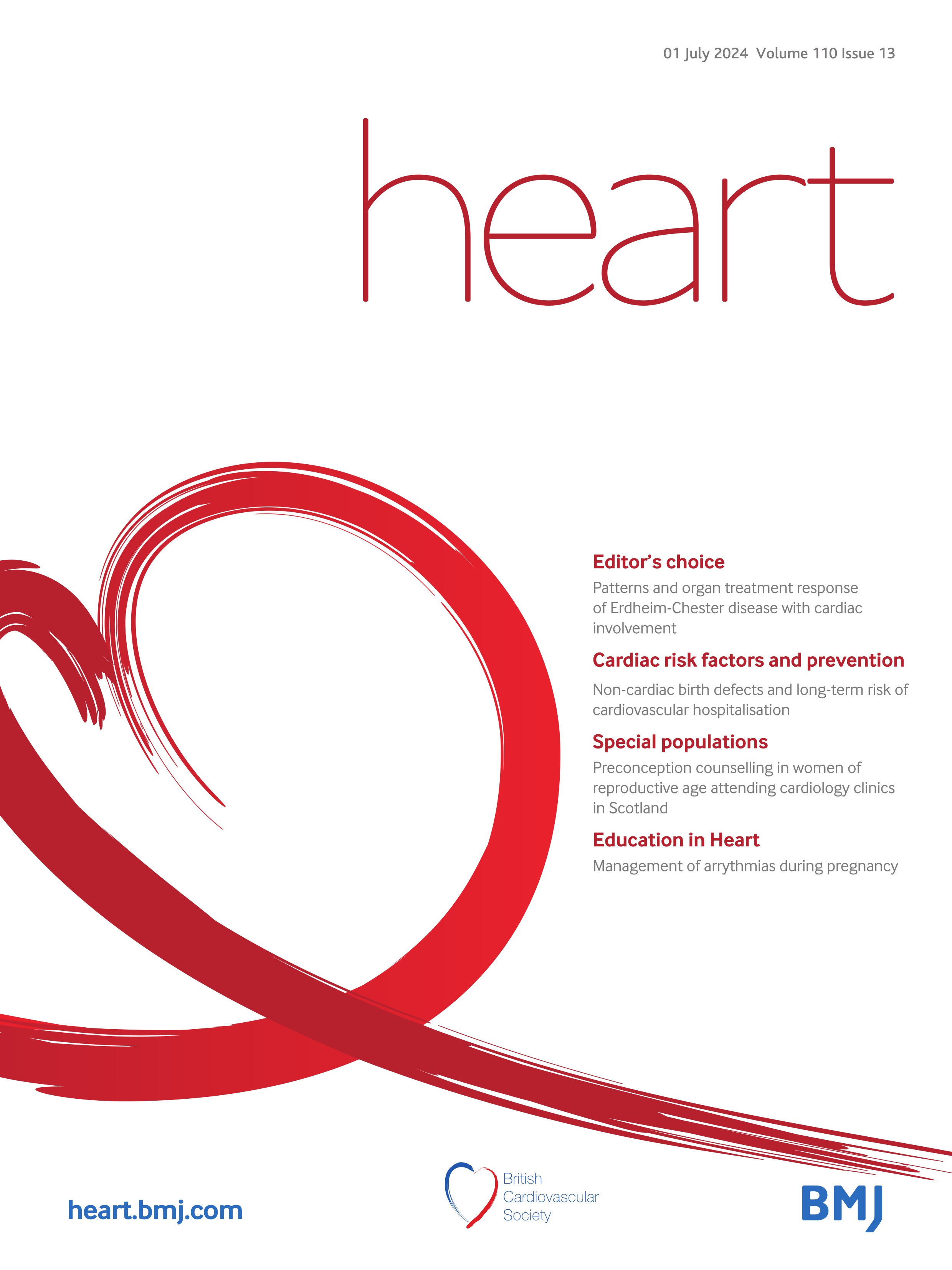
Rare diseases—as they are often referred to—do not actually have an international definition. Even so, different regions and countries have their own definitions, with the European Union (EU) defining them as diseases that affect less than 5 in 10 000 people and the USA as diseases that affect less than 200 000 people in the country (or in other words, approximately 60 per 100 000 individuals).1 Rare diseases are often chronic and progressive, mostly not curable and usually associated with a decreased life expectancy. In this sense, Erdheim-Chester disease (ECD) can serve as an example of a rare disease. It is a non-hereditary, non-Langerhans histiocytic disease that predominantly affects males from middle age onwards, with an estimated incidence in the EU of approximately 0.3 per 10 000, making it definitely rare in this context.2 ECD has historically been considered an inflammatory non-neoplastic disease. Still, it has recently been shown that more than 80% of patients with ECD have mutations that activate the MAPK (RAS-RAF-MEK-ERK) and phosphatidylinositol 3-kinase-Akt pathways, including BRAF-V600E mutations in about 60% of cases, followed by MAP2K1 mutations in 10–20% of cases. As such, ECD is now classified as a clonal haematopoietic disorder.3 ECD can affect nearly all systems and organs, with the skeleton, retroperitoneum, orbits, heart, lungs and central nervous system being among the most commonly involved tissues. This leads to a diverse range of clinical manifestations including bone pain, xanthomas, exophthalmos, sinusitis, tamponade and ataxia (figure 1 …
- The Renal Warrior Project. Join Now
- Source: http://heart.bmj.com/cgi/content/short/110/13/885?rss=1
